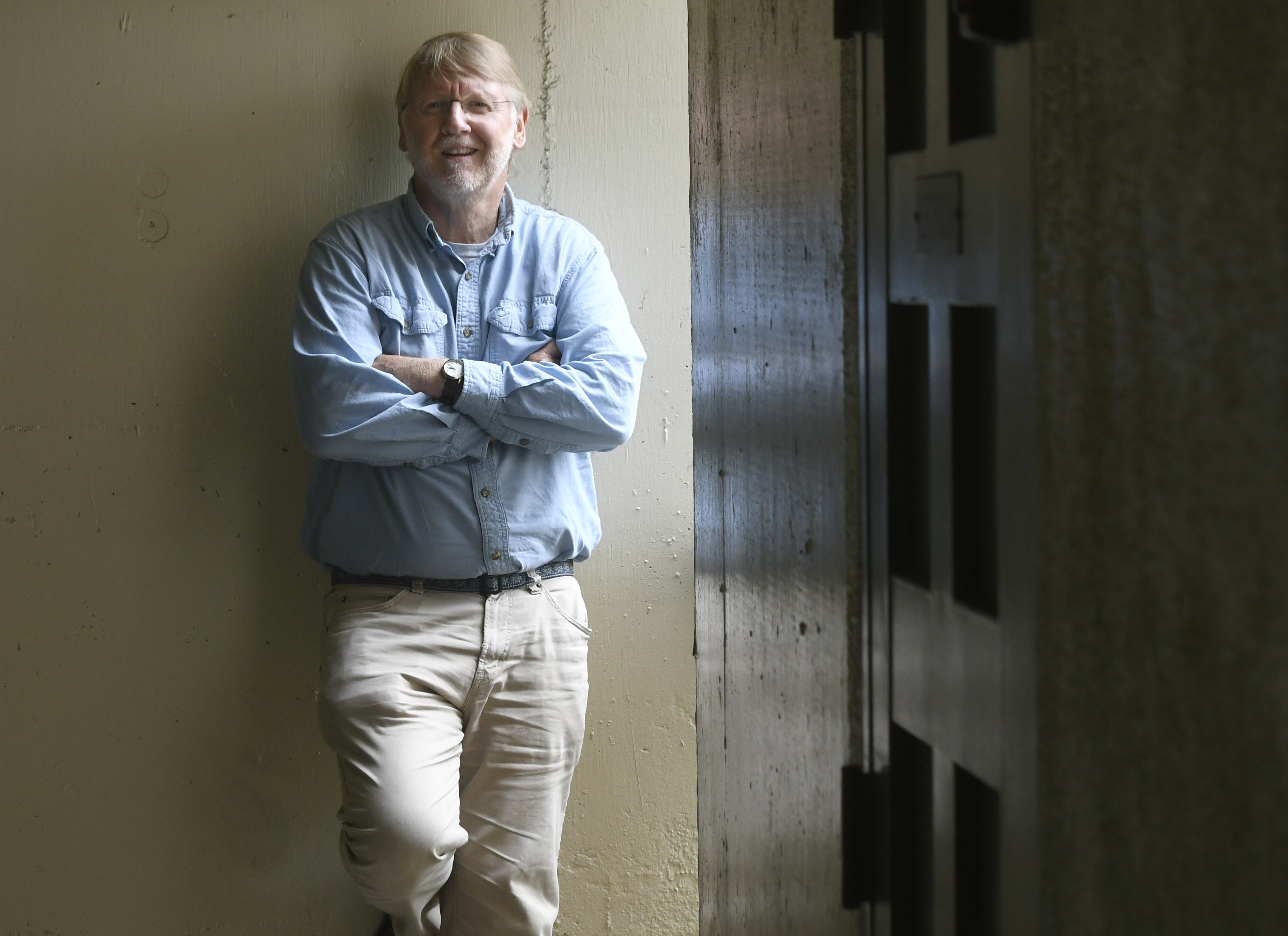Paul J. Willis’s ‘To Build a Trail’
Author Ponders Love and Wonder in Essay Collection

Paul J. Willis is acquainted with tragedy and loss. During the Tea Fire in 2008, Willis watched a wall of wind-driven flame sweep toward his faculty house on the Westmont College campus where he has lived and taught English since 1988. The house — and everything in it — was destroyed.
How Willis and his wife recovered their lives is just one of the subjects in To Build a Trail: Essays on Curiosity, Love & Wonder, Willis’s second collection of essays. When he spoke to the Santa Barbara Independent, Willis, a former poet laureate of Santa Barbara and a lifelong lover of the outdoors, had just returned from a five-day hiking trip in Mineral King Valley in Sequoia National Park, where he found plenty of snow and solitude. The interview that follows has been edited for length and clarity.
You wrote in the introduction to your book that the classroom is a wilderness area, not a factory. Can you explain what you meant? Computers have made it easier to collect and analyze data, and we’re kind of obsessed with that, but my experience after 30 years of teaching is that it’s hard to quantify human learning. If you read Elizabeth Barrett Browning, Matthew Arnold, or Charles Dickens, you find that they all go out of their way to fight the reduction and quantification of the richness of learning. It’s not an exact science.
In the title essay, you compare building a trail on the Westmont campus to writing a novel. It’s a similar process because both take time, and both can involve false starts or wrong turns. In novel writing, you’re always adjusting to the terrain of the story. In building a trail, you adjust to the terrain. When I wrote my novels, I sometimes had to cut a chapter or two out, and when I was building the trail, I occasionally painted myself into a dead end and had to backtrack.
What was behind your decision to build a trail? I primarily wanted to build a place where I could walk and let our dog off the leash. I didn’t intend to build the trail for other people, but lo and behold, it became a place that many others have enjoyed. There’s something about meeting someone on a trail that is relaxed and intimate; it lends itself to conversation.
In that same essay you came to another realization about your motivation for building the trail. Yes. My mother had recently passed away. It wasn’t obvious to me when I started, but retrospectively I realized that building the trail was a kind of grief work.
How do you know when a personal essay is working? When an essay is working, it’s not about the life of the writer; even though it’s particular to the writer, it’s about touching something in the life of the reader. I might write about my grandmother, but the intent is to make the reader think about his or her grandmother.
You write about losing your house and all your possessions in the Tea Fire. Do you have a particular memory of that experience? When I think about the days in the wake of the fire, all the support from my junior and senior English students is what stands out. Even all these years later, I still get choked up thinking about it.



